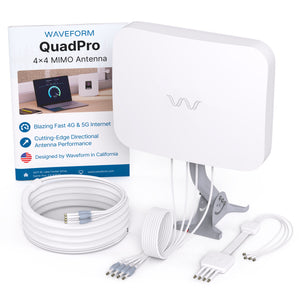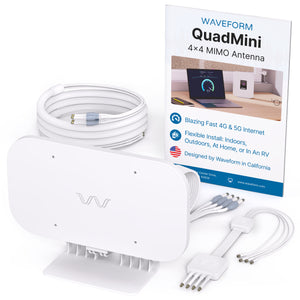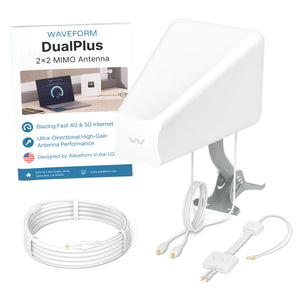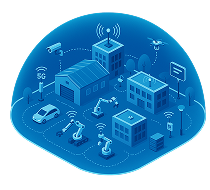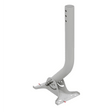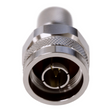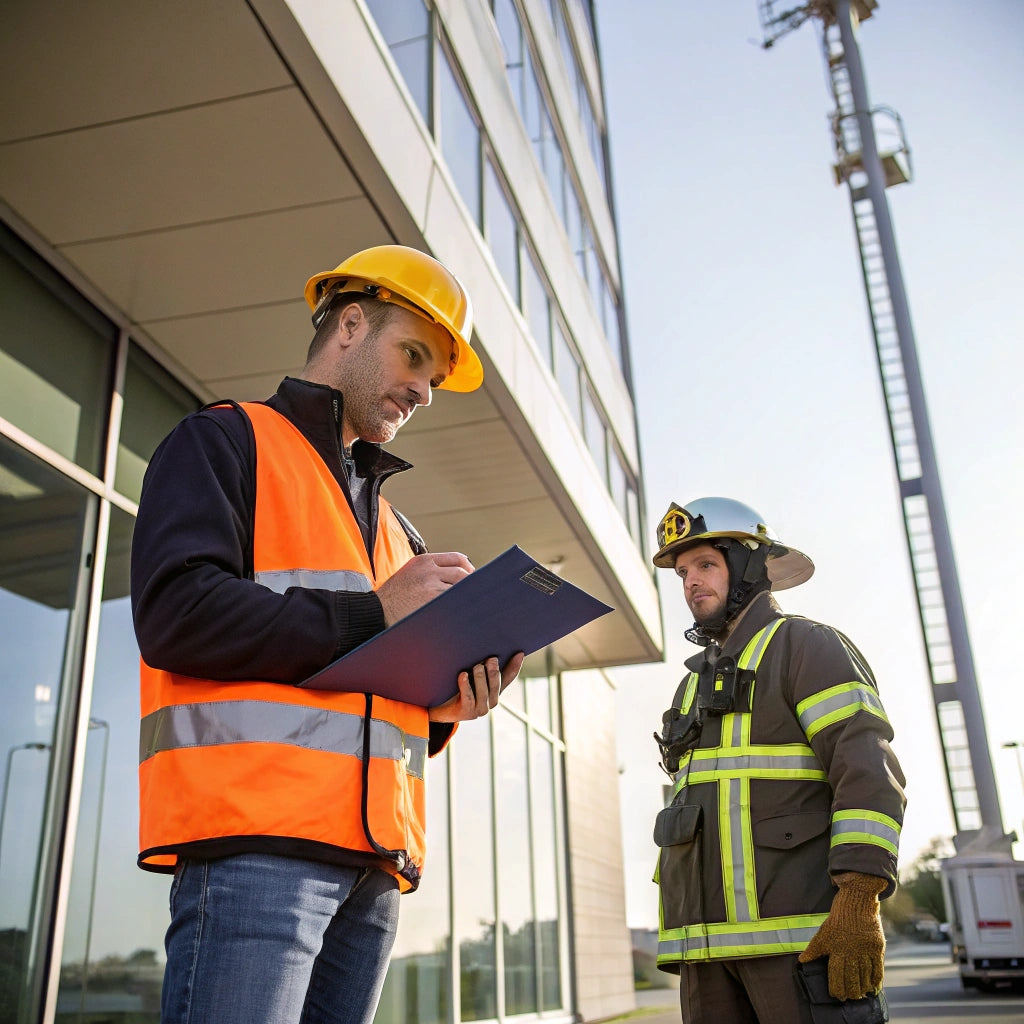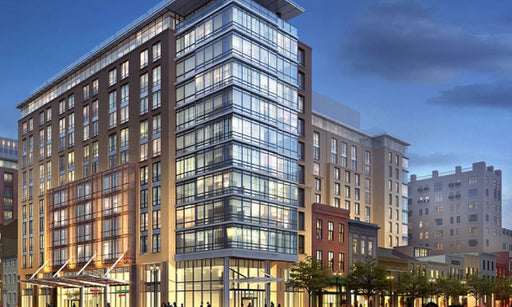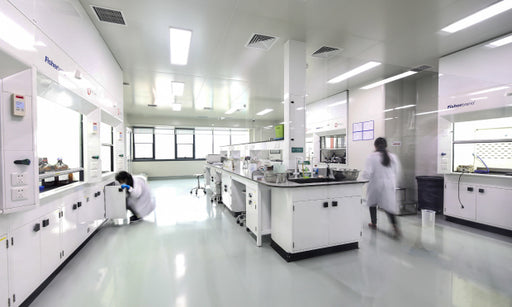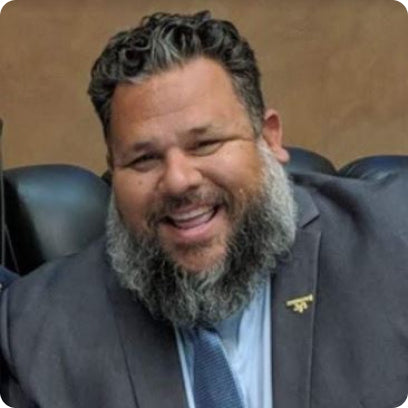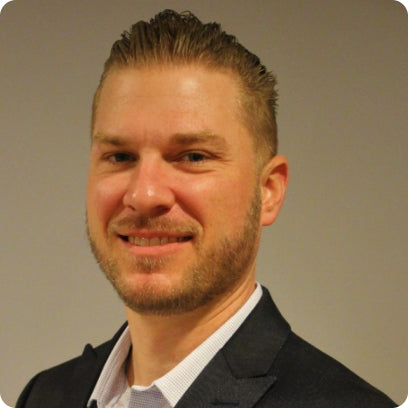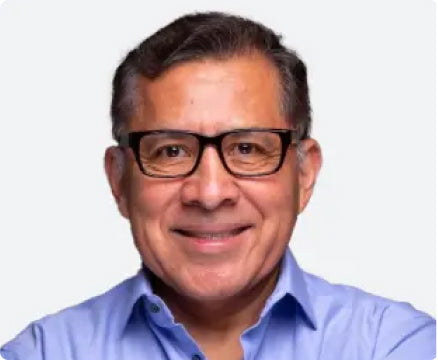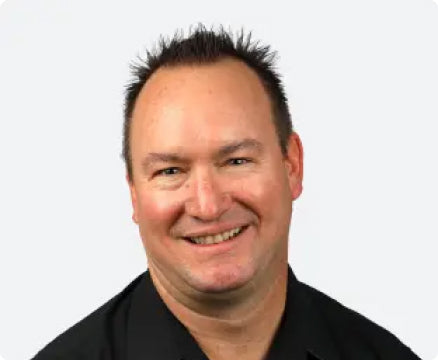What is a Cellular DAS?
Cellular DAS is designed to improve 4G and 5G voice/data services for commercial and consumer use. It operates across a wide range of licensed frequency bands from 600 MHz up to 4 GHz, meeting the everyday communication needs of building occupants. Cellular DAS is driven by the demand for reliable mobile connectivity, whether for workplace productivity, entertainment or emergency/safety situations (like needing a cell signal in an underground garage). Cellular DAS is regulated by the Federal Communications Commission (FCC) and must comply with FCC regulations.
We have a full guide to cellular DAS available here. We also have a guide to how much a cellular DAS deployment typically costs.
What is an ERRCS/Public Safety DAS?
In contrast, ERRCS (Emergency Responder Radio Coverage Systems) and Public Safety DAS are purposed solely for the two-way radio communications used by first responders like police, fire and EMS. These systems leverage their own dedicated tower infrastructure operating at UHF 700/800 MHz (and very occasionally VHF 150 or 450 MHz) frequencies. The goal is ensuring emergency personnel have robust, uninterrupted access to their specialized radio channels.
A key difference is that ERRCS/public safety DAS is often a strict requirement to obtain a certificate of occupancy for new building construction. Local Authorities Having Jurisdiction (AHJs) mandate that ERRCS be installed if grid testing identifies insufficient in-building coverage for first responder radios. We have a detailed guide to NFPA & IFC building codes here. Cellular DAS, on the other hand, is driven by the building owner's choice to enhance general mobile connectivity.
ERRCS also has more stringent design and deployment guidelines. AHJs dictate the exact antenna directions, cable types, battery backup, and monitoring capabilities. Post-installation, the entire system must be thoroughly tested to verify it resolves coverage gaps without impacting the emergency responder radio network. Cellular DAS has more flexibility in its design, while both types of systems must comply with FCC regulations. We have a more detailed guide to turnkey public safety DAS installations available here.
How are they different?
Public Safety/ERRCS DAS is for improving emergency and first responder frequencies, while cellular DAS boosts commercial cellular wireless.
|
Public Safety/ERRCS DAS |
Cellular DAS |
|
|---|---|---|
|
Purpose |
Enhances communication for emergency responders and public safety agencies |
Boosts cellular signals for general public and commercial use |
|
Frequency Bands |
Operates on public safety frequencies (VHF, UHF, 700/800 MHz) |
Operates on licensed commercial bands (e.g., 700 MHz, 800 MHz, 1900 MHz, 2100 MHz) |
|
Coverage Requirements |
Mandated in many buildings by fire codes and local regulations |
Often optional, based on occupant or tenant demand for cellular coverage |
|
System Ownership |
Typically owned and maintained by building owners to meet safety regulations |
Often installed and maintained by building owners or cellular carriers |
|
Signal Source |
Direct connection to public safety networks or off-air via dedicated antennas |
Connected to cellular networks via small cells or off-air with carrier approval |
|
Power Backup |
Required by code to ensure operability during emergencies (usually battery backup or generator) |
Backup may not be required, varies by installation and owner preference |
|
Regulatory Approval |
Requires approval from local AHJ (Authority Having Jurisdiction) |
May require carrier approval, but less regulatory oversight |
|
System Components |
Typically includes Class A/B amplifiers, BDA (Bi-Directional Amplifier), and coaxial cable for public safety |
Uses headends, remotes, repeaters, antennas, and splitters tailored to cellular frequencies |
|
Monitoring |
Continuous monitoring required; alerts must be sent if system failure occurs |
Monitoring is recommended but not always mandatory |
|
Interference Concerns |
Strict control to avoid interference with emergency channels; often uses filtering and isolation |
Less strict, but still regulated by FCC to avoid interference with other networks |
How does FirstNet fit in?
FirstNet is a nationwide initiative that utilizes 4G and 5G cellular technology to provide public safety connectivity using Band 14 spectrum. However, most jurisdictions are still relying on traditional two-way radio solutions as their primary means of communication, and FirstNet is rarely a requirement to get a Certificate of Occupancy.
Reach out to us today for more information
Public Safety (ERRCS) DAS provides essential coverage for first responders, while Cellular DAS boosts signal for regular cellular wireless users.
At Waveform/RSRF, we have over 17 years experience with both systems. If you're looking to install cellular DAS in your building, contact us today for more information! If you're interested in Public Safety/ERRCS DAS, you can find dedicated support here.

As CEO and cofounder of Waveform, Sina has been helping people boost their signal since 2006. He has personally tested and installed hundreds of signal boosters.
He welcomes feedback via Twitter, LinkedIn, or by email to [email protected].



















